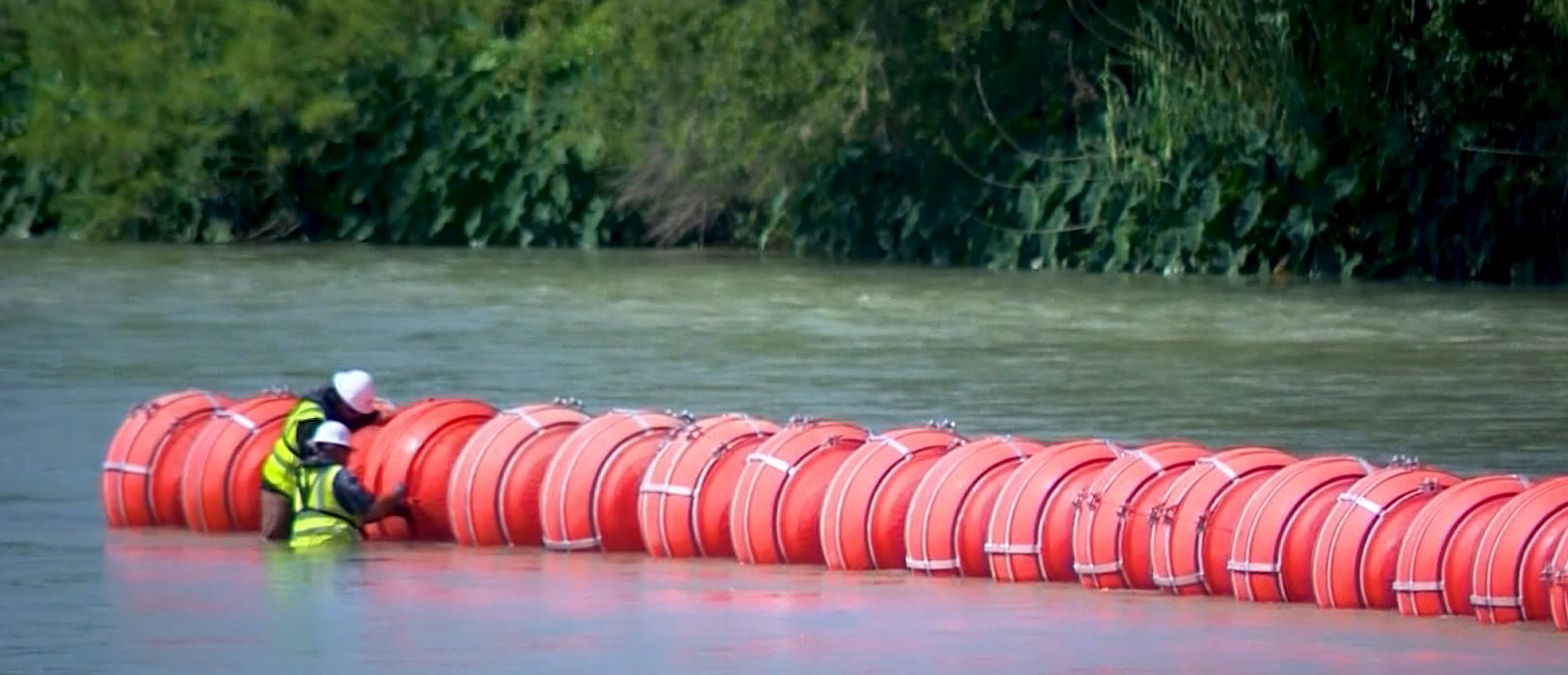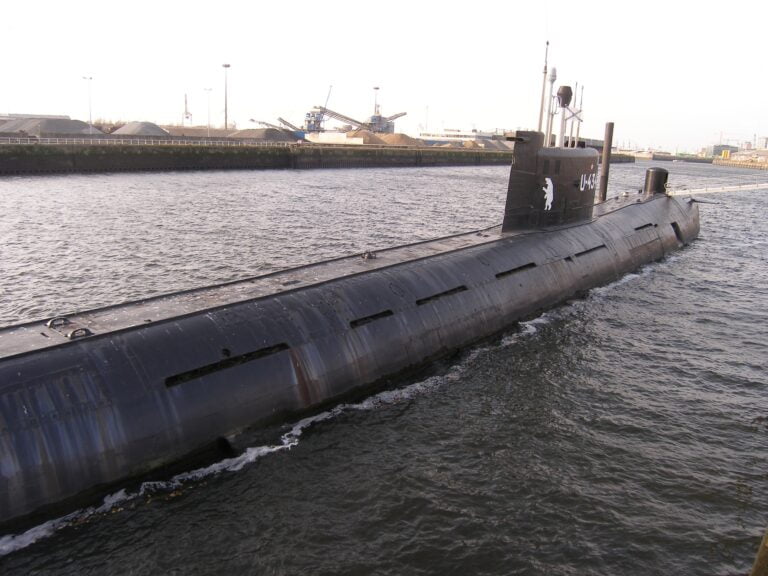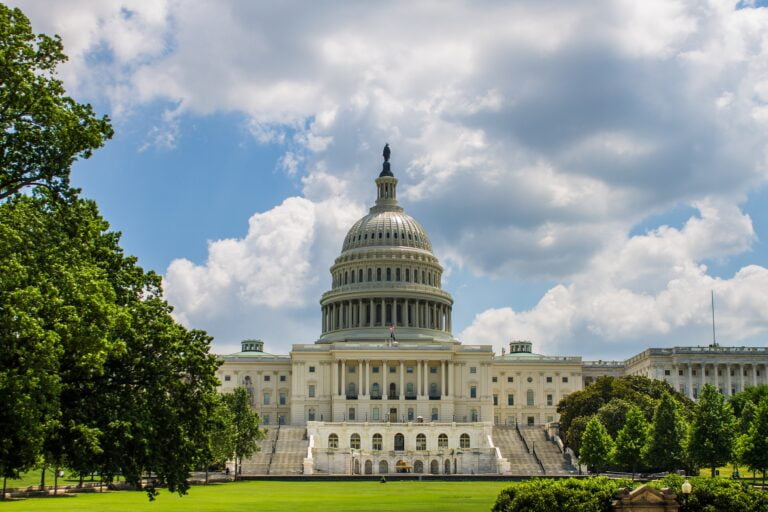Texas Ordered to Remove Rio Grande Floating Barriers: Implications for Border Security

Texas is required by a Federal Judge to remove Rio Grande Floating Barriers, that were put there to discourage migrants.
In a significant legal development, a federal judge has issued an order requiring Texas to remove the floating barriers in the Rio Grande. Additionally, the state is prohibited from building new barriers or placing additional buoys in the river. This ruling represents a noteworthy victory for the Biden administration’s immigration policies.
Understanding the Court’s Decision
Judge David Alan Ezra has mandated that Texas must dismantle these barriers at its own expense, with a deadline set for September 15. These border buoys had become a contentious immigration issue after being deployed in the Rio Grande as part of Governor Greg Abbott’s border security initiative, known as Operation Lone Star. The Justice Department, in July, filed a lawsuit against the state of Texas, contending that the buoys were installed unlawfully and requesting their removal.
Legal Arguments
In its lawsuit, filed in the US District Court in the Western District of Texas, the Justice Department alleged that Texas and Governor Abbott had violated the Rivers and Harbors Appropriation Act by constructing a structure in US waters without obtaining permission from the United States Army Corps of Engineers. The department sought an injunction to prevent Texas from erecting additional barriers in the river. Governor Abbott, on the other hand, argued that the buoys were meant to deter migrants from crossing into the state from Mexico.
Texas’ Response
Texas swiftly appealed the judge’s order, declaring it as incorrect and vowing to overturn it on appeal. The state expressed its commitment to securing the border through various means, including deploying Texas National Guard soldiers and Department of Public Safety troopers, as well as installing strategic barriers. Governor Abbott’s office affirmed that they were ready to take this legal battle all the way to the U.S. Supreme Court.
The Judge’s Ruling
Judge Ezra’s ruling emphasized that Governor Abbott needed permission to install these barriers, as required by federal law. He pointed out that despite Abbott’s declaration of not seeking permission for Operation Lone Star, federal law mandates such authorization before placing obstructions in the nation’s navigable waters.
Furthermore, the judge found Texas’ argument for self-defense, citing the need for barriers in the face of an invasion, unconvincing. He explained that this argument failed because the Rivers and Harbors Appropriation Act had already balanced policy interests, determining that the nation’s interest in free navigation of its waterways supersedes unauthorized state actions.
Response from the Justice Department
Associate Attorney General Vanita Gupta expressed satisfaction with the court’s ruling, highlighting that the Justice Department believed the barrier was unlawful and had irreparable consequences for diplomatic relations, public safety, navigation, and the operations of federal agencies along the Rio Grande.
Background and Ongoing Legal Battles
The Justice Department initiated this lawsuit after Governor Abbott refused to order the removal of the floating barriers from the Rio Grande, despite the department’s prior request. The case was heard by Judge Ezra, with the Justice Department focusing on its claim that the barriers violated federal law and their role in straining relations with Mexico, which had expressed concerns about the “inhumane” barriers partly residing on its territory.
Texas maintains that it has constitutional authority to deploy these floating barriers, and the state is also facing another lawsuit over them, brought forth in early July by the owner of a Texas canoe and kayaking company operating on the Rio Grande.
In conclusion, this legal development has significant implications for border security and raises questions about the balance between state authority and federal regulations regarding border control measures. As Texas continues to contest this decision, it remains to be seen how this issue will ultimately be resolved.
FAQs
Q. Why were the floating barriers in the Rio Grande installed in the first place?
Ans. The floating barriers were installed as part of Texas Governor Greg Abbott’s border security initiative, known as Operation Lone Star. They were intended to deter migrants from crossing into Texas from Mexico.
Q. What federal law did the Justice Department claim was violated by Texas in this case?
Ans. The Justice Department alleged that Texas violated the Rivers and Harbors Appropriation Act by building these barriers in U.S. waters without obtaining permission from the United States Army Corps of Engineers.
Q. What is Texas’ response to the court’s order to remove the barriers?
Ans. Texas has swiftly appealed the judge’s order, declaring it incorrect. The state is determined to secure the border using various means, including deploying National Guard soldiers and Department of Public Safety troopers and installing strategic barriers.
Q. Why did Mexico express concerns about the barriers in the Rio Grande?
Ans. Mexico voiced concerns about the barriers, describing them as “inhumane” and claiming that some of them were located on Mexican territory, which strained diplomatic relations.
Q. What is the significance of this legal development for border security?
Ans. This legal ruling raises important questions about the balance between state authority and federal regulations when it comes to border control measures. It has implications for how border security policies are implemented and the legal framework surrounding them.






